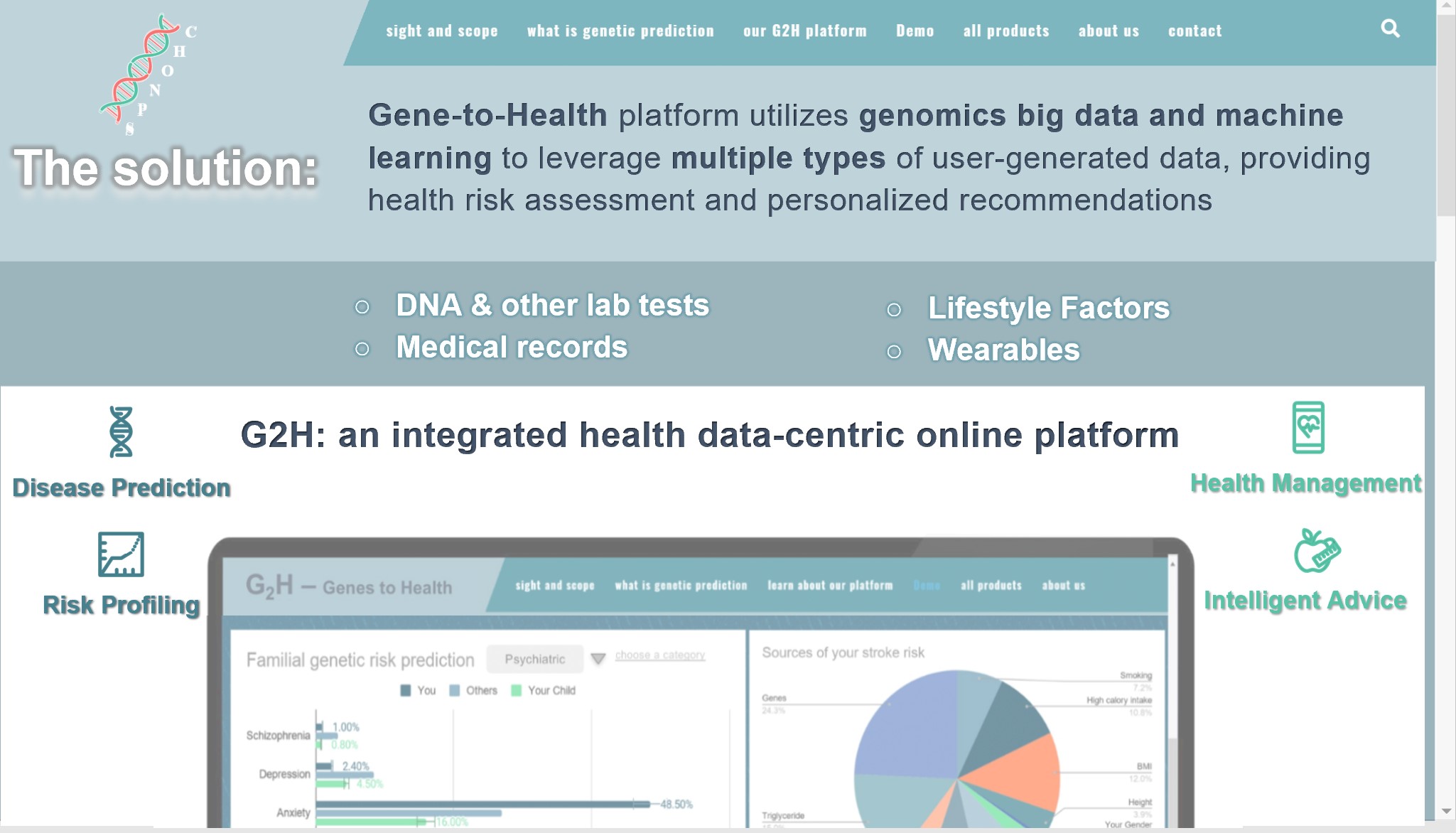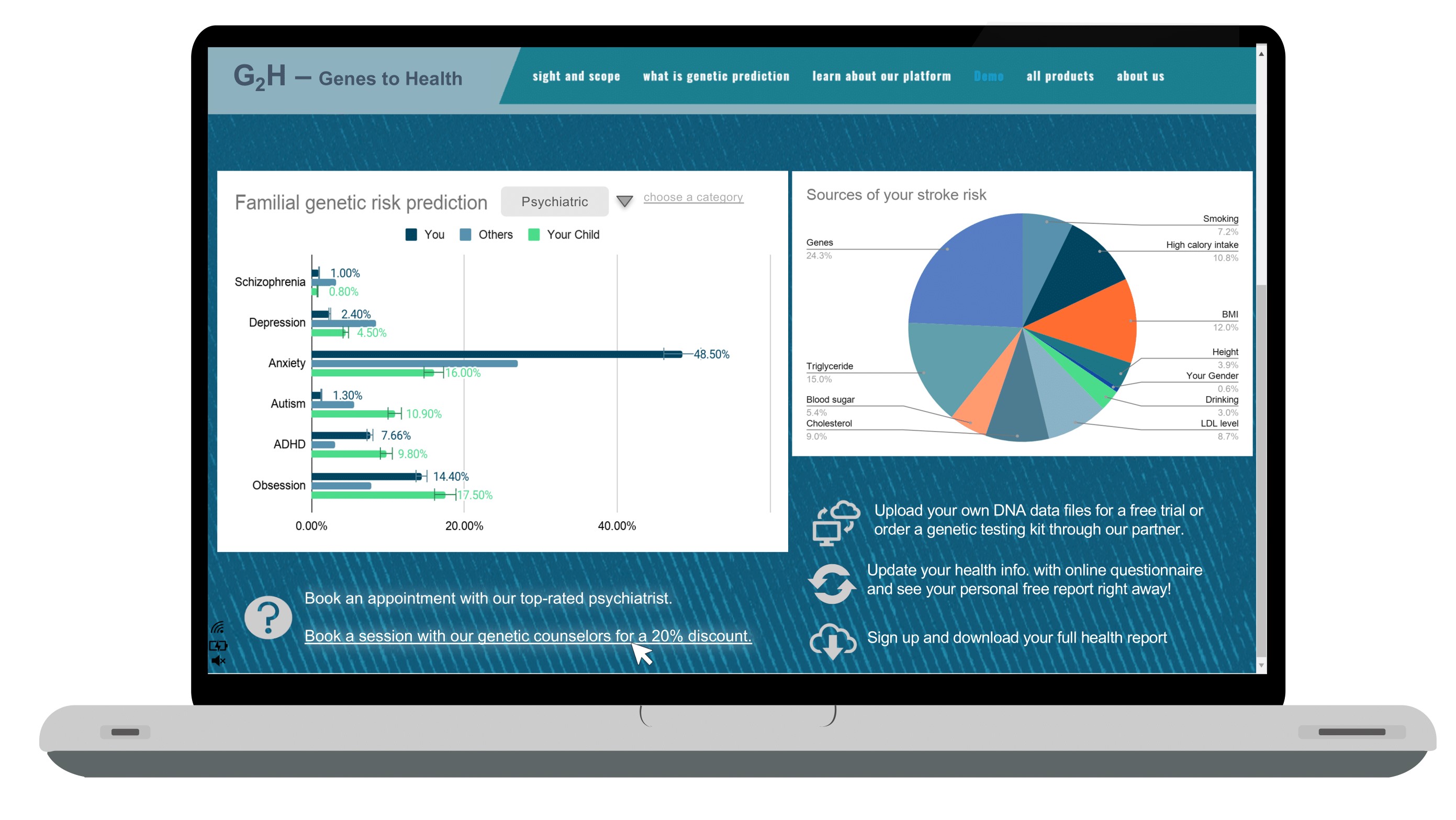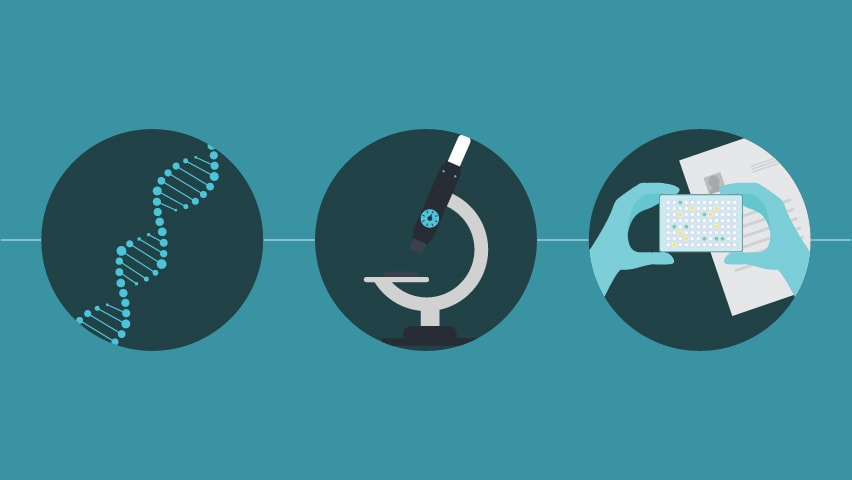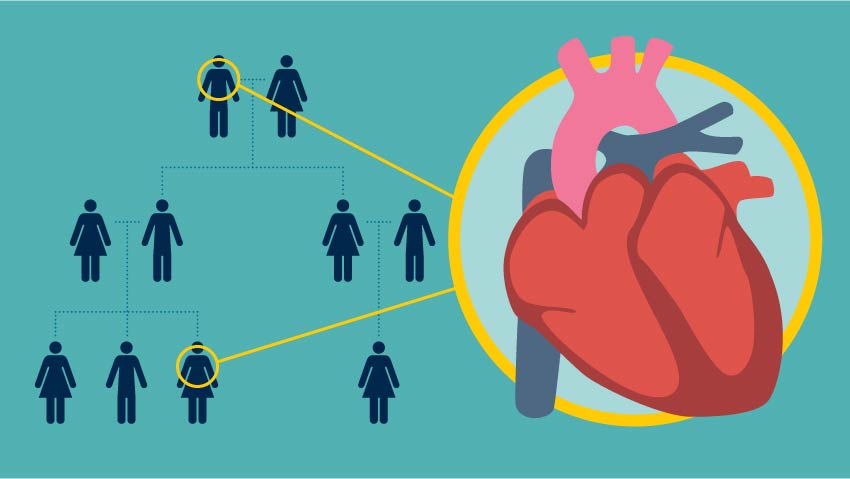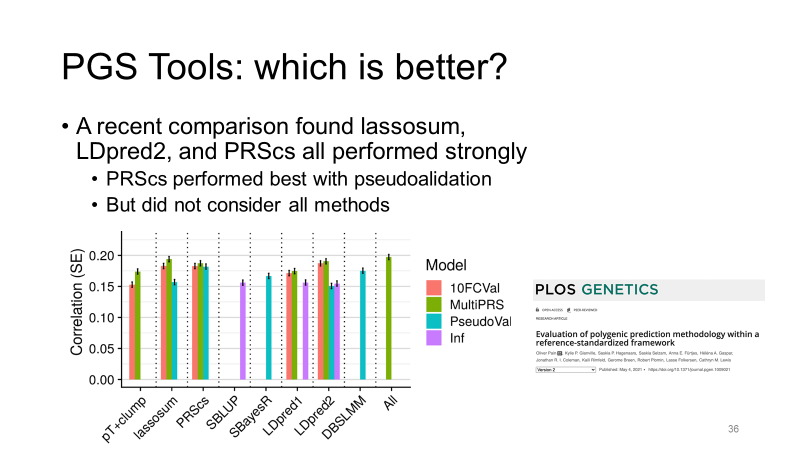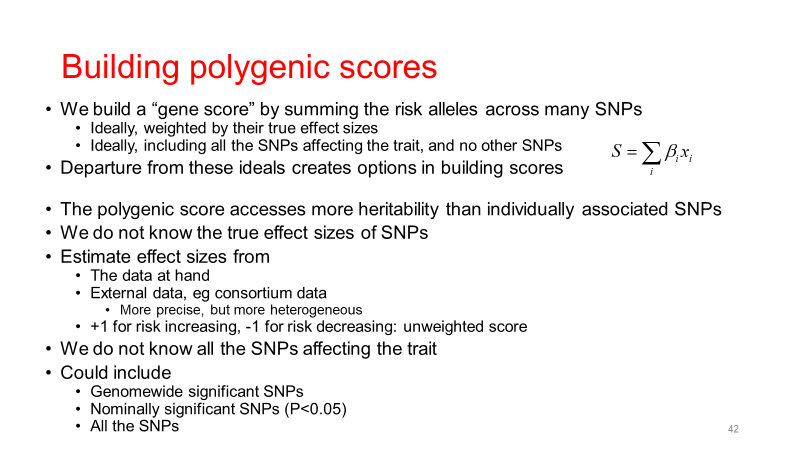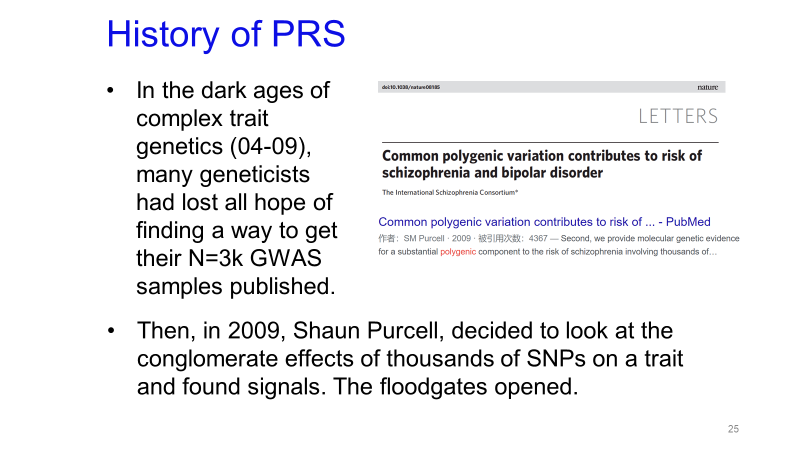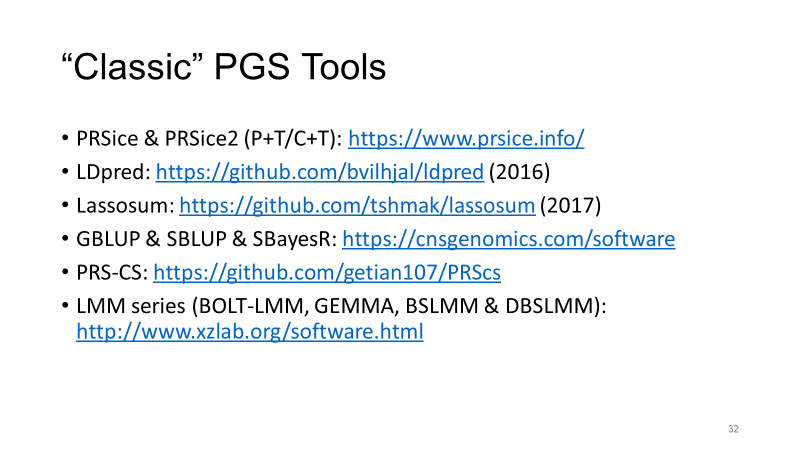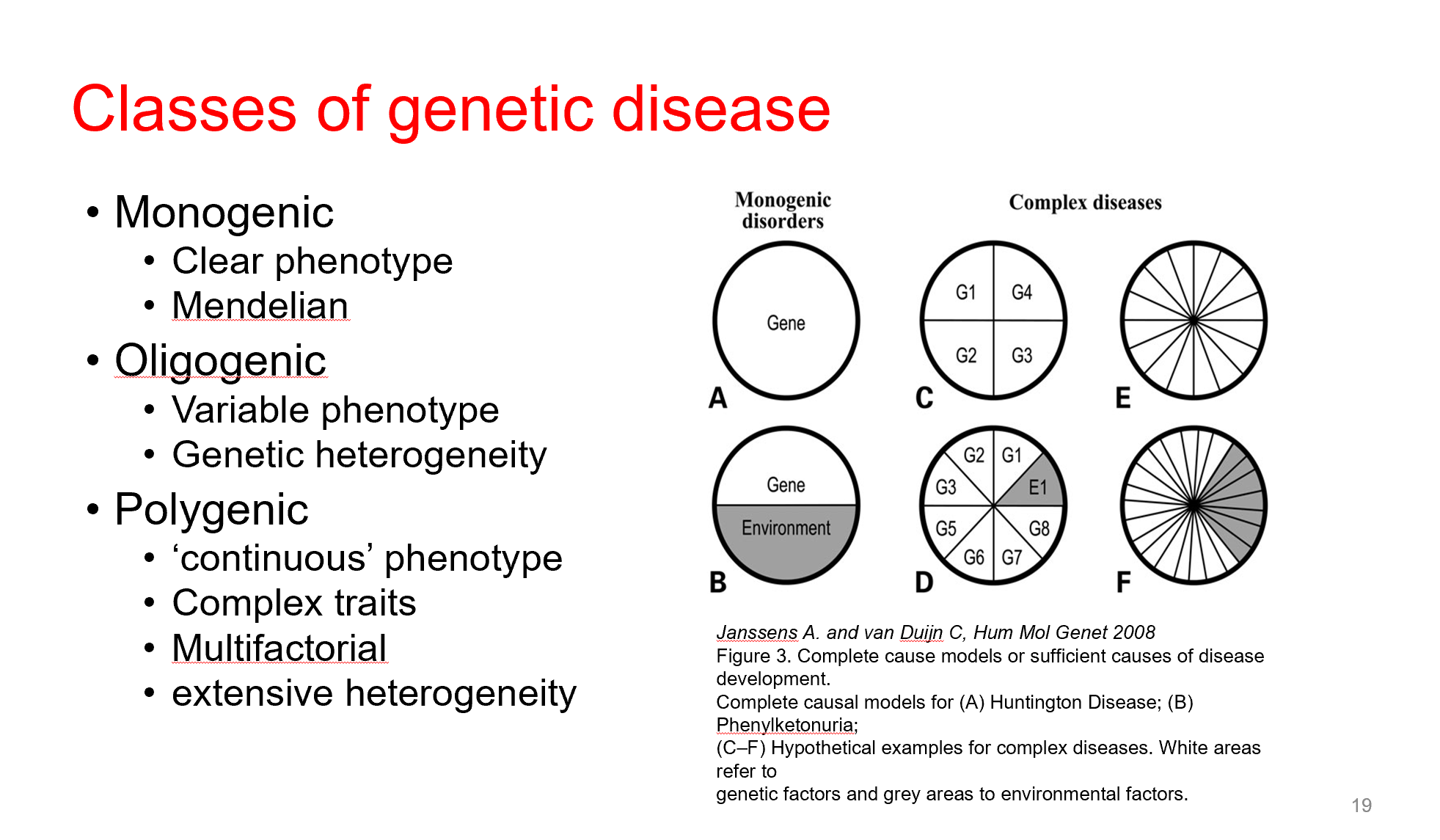- 我们的平台 What is G2H
- 科学原理 The Science of Polygenic Scoring
- 示例报告Sample Report
- 关于遗传检测 More about Genetic Testing
- 常见问题 FAQ
- 产品信息 Product Info
- 公司信息 Company Info
- 服务内容 All services
- 使用咨询 Consult before use
- 售后服务 Customer service
- 遗传咨询 Genetic counselling
- 临床咨询 Clinical counselling
- AI 虚拟咨询师 AI virtual counselling
- 近期活动 Recent activities
- 我们的平台 What is G2H
- 科学原理 The Science of Polygenic Scoring
- 示例报告Sample Report
- 关于遗传检测 More about Genetic Testing
- 常见问题 FAQ
- 产品信息 Product Info
- 公司信息 Company Info
- 服务内容 All services
- 使用咨询 Consult before use
- 售后服务 Customer service
- 遗传咨询 Genetic counselling
- 临床咨询 Clinical counselling
- AI 虚拟咨询师 AI virtual counselling
- 近期活动 Recent activities
What is PRS?
- 2025-02-09 02:32:00
- unfated 原创
- 1348
A Polygenic Risk Score (PRS) is a numerical value that represents an individual's genetic predisposition to a certain trait or disease, based on the cumulative effect of multiple genetic variants. These variants, typically single nucleotide polymorphisms (SNPs), each contribute a small amount to the overall risk, and PRS aggregates their effects to give an overall prediction.
Here’s how it works:
-
Genetic Variants: Researchers identify specific genetic variants that are associated with a particular trait or disease. These variants might not directly cause the condition, but rather increase or decrease the likelihood of its occurrence.
-
Weighting of Variants: Each genetic variant is assigned a weight based on its statistical association with the trait. This weight is often derived from large-scale studies, such as genome-wide association studies (GWAS), which look for correlations between genetic markers and diseases or traits in large populations.
-
Calculation of PRS: The individual’s genetic data is analyzed, and the PRS is calculated by summing the contributions (weighted values) of all relevant genetic variants. The higher the score, the greater the genetic predisposition to the trait or disease.
-
Risk Prediction: PRS can help estimate an individual's relative risk for diseases like heart disease, diabetes, certain cancers, and mental health conditions. It doesn't guarantee that someone will develop the disease, but it can indicate whether they are at higher or lower risk compared to the general population.
Use of PRS:
- Personalized Medicine: PRS can aid in predicting who might benefit from certain preventive interventions or treatments.
- Risk Stratification: It can be used by doctors to identify individuals who may need closer monitoring for particular conditions, even before symptoms appear.
- Genetic Counseling: For individuals with a family history of a disease, PRS can provide additional insight into their own genetic risk.
While PRS is a useful tool for understanding genetic risk, it's important to note that genetics is only one piece of the puzzle. Environmental factors, lifestyle choices, and other non-genetic factors also play significant roles in disease development.
Gene to Health Limited primarily focuses on developing multi-omics predictive models for common disease risks, conducting biomedical big data analysis and modeling, and providing bioinformatics research services. We are a pioneer in Asia focused on polygenic scoring technology, leveraging millions of disease-related genetic variants and other omics data to predict over 1000 traits and diseases. Our core product suite, G2H, provides personalized health management solutions in one platform, including risk assessments for chronic diseases, dietary optimization, lifestyle advisory, and cancer risk prediction. We aim to revolutionize disease prevention and improve early disease intervention by integrating advanced genomic analysis, ML and AI.
我们是来自香港大学医学院 (HKU Med) 的博士创业团队,拥有以Polygenic Scoring (多基因风险评分,PGS)的核心技术,基因智健(G2H)平台是我们开发的核心产品。该平台主要利用基于多组学大数据的统计机器学习模型分析用户数据,从而预测和评估上千种种人类疾病风险和健康表型,为您的健康人生保驾护航。
| 聯繫人: | Dr. CHEN Guolan Lane |
|---|---|
| 電話: | +852 46404365 |
| Email: | support@gene2h.com |
| QQ: | 3028035047 |
| 微信: | lanechenhku |
| 微博: | u/7735987435 |
| 地址: | 1)Unit 707-34, 7F, Building 19W, No. 19 Science Park West Avenue, Hong Kong Science and Technology Park, Pak Shek Kok, N.T., Hong Kong 2)5 Sassoon Road, 1F, Pok Fu Lam, Hong Kong, China 3)Room 903, No. 91, Ke Feng Road, Huangpu District (Guangzhou Development Zone), Guangzhou, Guangdong Province, China 1)中国香港特别行政区新界白石角科技园西大道19号19W座7楼707-34单元 2)中国香港特别行政区薄扶林沙宣道5号1F 3)中国广东省广州市黄埔区(广州开发区)科丰路91号903 |
扫一扫企业微信客服,立即与我们沟通 (WeChat Customer Service)
Follow us at LinkedIn 关注领英
